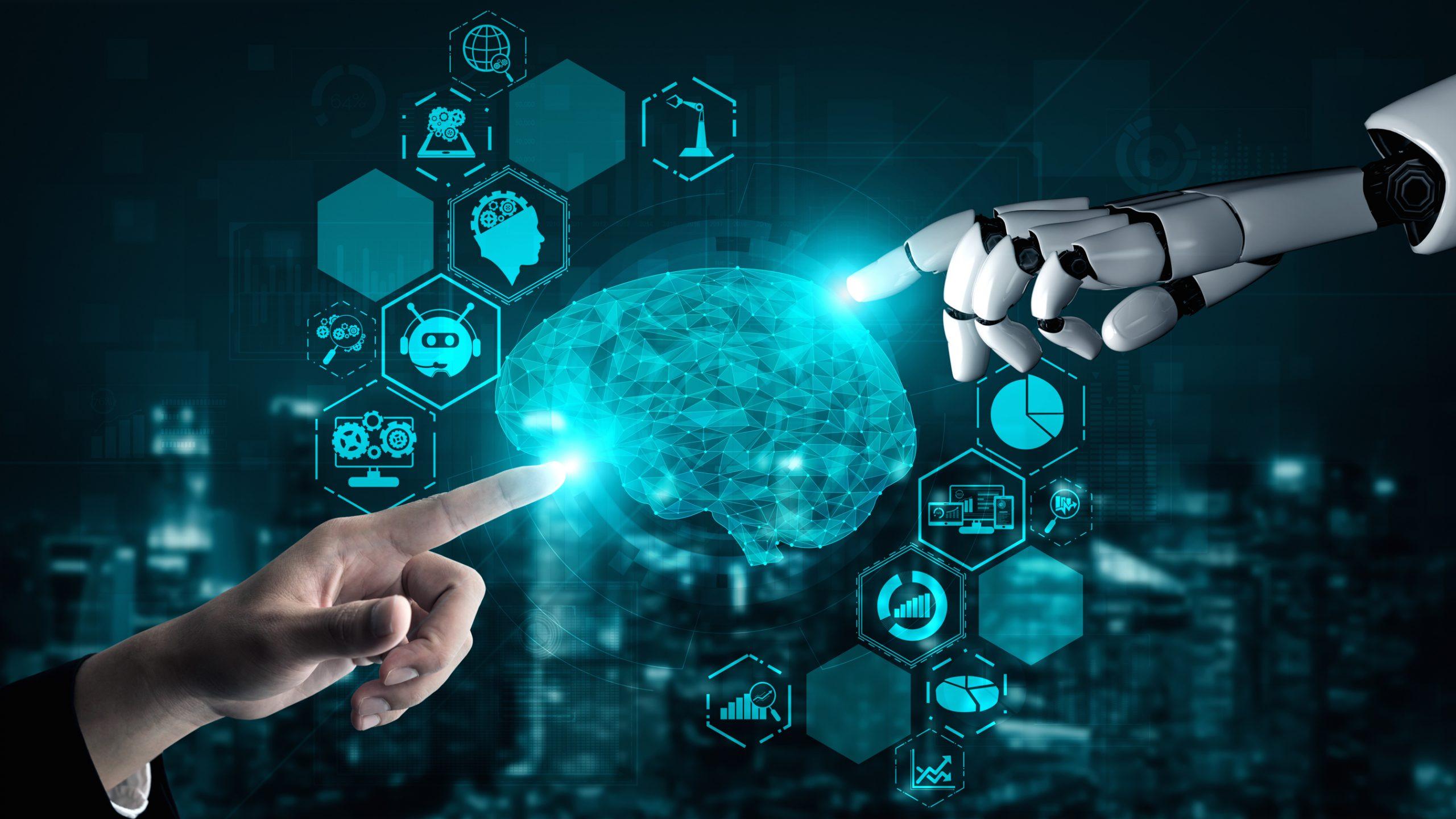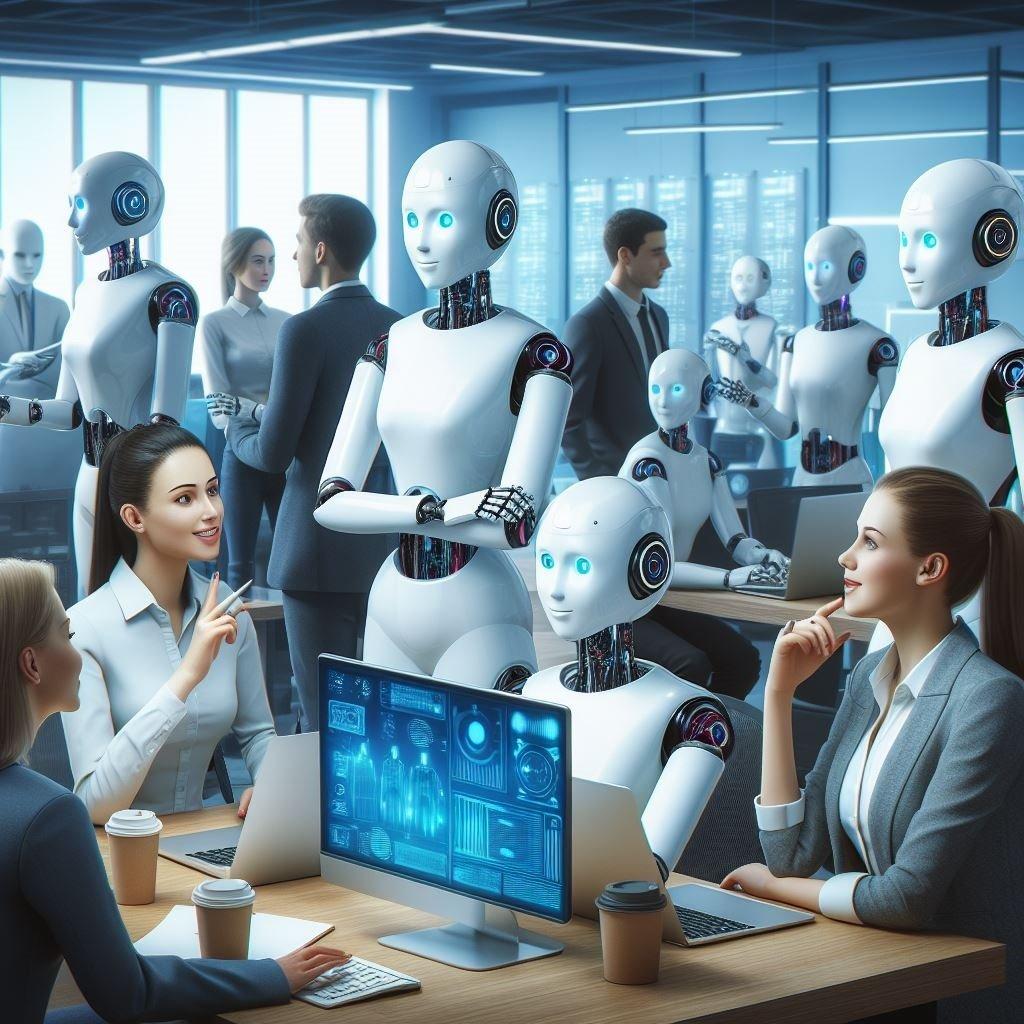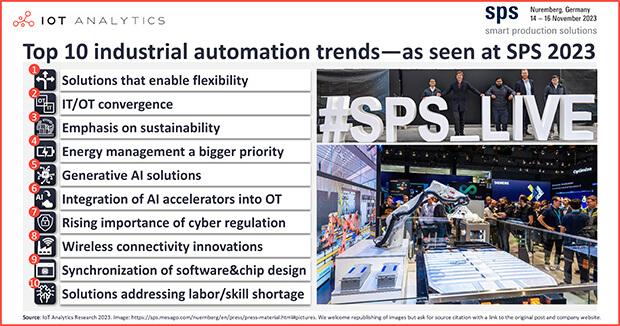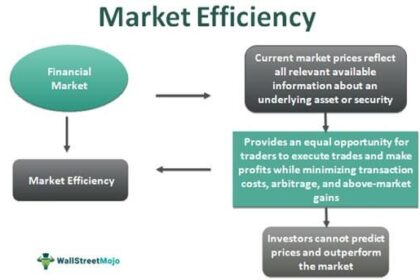As we stand on the threshold of 2024, the landscape of automation is poised for transformative shifts that promise to reshape industries and redefine the way we work. In an era where efficiency and innovation reign supreme, automation trends are not merely a glimpse into the future but a dynamic force driving change across various sectors. From the rise of artificial intelligence and machine learning to the increasing integration of robotic process automation (RPA) in everyday business functions, the journey towards an automated reality is unfolding at an unprecedented pace. This article delves into the key trends that are set to shape the automation narrative in 2024, exploring their implications for businesses, employees, and consumers alike. Join us as we unpack the exciting innovations and challenges on the horizon, providing a comprehensive overview of what to expect in the evolving world of automation.
Emerging Technologies Driving Automation in 2024
The landscape of automation is set to transform in 2024, driven by groundbreaking technologies that enhance efficiency and adaptability across various sectors. Artificial Intelligence (AI) continues to take center stage, with advancements in machine learning algorithms enabling systems to not only perform repetitive tasks but also improve decision-making through predictive analytics. Robotics, particularly collaborative robots (cobots), are seamlessly integrating into workplaces, allowing humans and machines to work side by side while optimizing production and minimizing risks. Other influential technologies include:
- IoT (Internet of Things) – Connecting devices enables real-time monitoring and data analysis.
- 5G Connectivity – Facilitating faster and more reliable communication between automated systems.
- Edge Computing – Minimizing latency by processing data closer to the source.
- Natural Language Processing (NLP) – Enhancing interactions between humans and machines.
In addition to these technologies, automation tools are evolving to prioritize user experience and seamless integration. Low-code and no-code platforms are democratizing automation by allowing users without extensive programming knowledge to create workflows and automation solutions tailored to their needs. This trend is particularly advantageous for businesses looking to leverage Digital Twins, which simulate processes in a virtual environment for testing and optimization purposes. The combination of these trends is shaping a new era in automation, characterized by increased interoperability and a streamlined approach to operations.
| Technology | Impact on Automation |
|---|---|
| AI | Enhanced decision-making through predictive analysis |
| IoT | Real-time monitoring to facilitate informed actions |
| 5G | Faster communication, improving system responsiveness |
| Edge Computing | Reduced latency, enabling quicker processing |
| NLP | Improved user-machine interaction |

Strategic Adaptation for Businesses Embracing Automation
As businesses navigate the landscape of automation trends in 2024, a profound shift in strategic adaptation is essential. Companies must foster a culture of agility and continuous learning to effectively integrate automated solutions. This involves investing in training programs that empower employees to leverage new technologies while maintaining a human touch in customer interactions. A successful adaptation strategy hinges on the balance between automation and workforce capabilities, ensuring that teams are not only equipped to handle advanced tools but also encouraged to innovate and provide insights that drive business goals.
To further enhance their adaptability, organizations should prioritize the following key areas:
- Data-Driven Decision Making: Utilizing analytics to inform automation investments and operational adjustments.
- Collaborative Technologies: Implementing platforms that facilitate seamless communication and task management among teams.
- Customer-Centric Automation: Developing personalized automated systems that enhance customer engagement and satisfaction.
- Agile Project Management: Embracing methodologies that allow teams to pivot quickly in response to market changes.
| Adaptation Strategy | Expected Outcome |
|---|---|
| Invest in Employee Training | Increased proficiency in automated tools and reduced resistance to change. |
| Enhance Collaboration Tools | Improved team productivity and communication efficiency. |
| Focus on Customization | Higher customer satisfaction and loyalty due to tailored experiences. |
| Implement Agile Methodologies | Enhanced responsiveness to industry shifts and customer needs. |

The Role of Artificial Intelligence in Shaping Future Workflows
As organizations strive to meet the demands of an ever-evolving market, artificial intelligence continues to play a pivotal role in enhancing workflows across various industries. By integrating AI-driven solutions, businesses can streamline operations, reduce human error, and enhance decision-making processes. Key areas where AI influences workflows include:
- Data Analysis: AI tools can quickly process vast amounts of data, enabling organizations to uncover insights that inform strategic decisions.
- Task Automation: Routine tasks such as scheduling, invoicing, and report generation can be automated, allowing employees to focus on higher-value activities.
- Enhanced Customer Experience: AI chatbots and virtual assistants provide real-time support, significantly improving customer interactions and satisfaction.
Moreover, with the rise of machine learning and natural language processing, the potential for innovation within workflows is expanding exponentially. Companies are increasingly leveraging predictive analytics to foresee trends and adapt proactively. This transformation not only supports operational efficiency but also fosters a culture of continuous improvement. Consider the following impact areas:
| Impact Area | AI Contribution |
|---|---|
| Marketing | Targeted campaigns using predictive customer behavior analysis. |
| Human Resources | Streamlined recruitment processes through candidate screening algorithms. |
| Supply Chain | Optimized inventory management with AI-driven forecasting. |

Balancing Human Workforce and Automation: Best Practices for Success
As businesses continue to integrate automation into their operations, finding the right equilibrium between technology and human intervention is crucial for long-term success. A flexible approach can foster collaboration between teams and machines, enhancing overall productivity and employee morale. Key strategies for achieving this balance include:
- Empowering Employees: Invest in training programs that equip your workforce with the skills to work alongside advanced technologies.
- Clear Communication: Maintain open channels for feedback between staff and management regarding how automation impacts day-to-day tasks.
- Monitoring Progress: Regularly assess the effectiveness of both human and automated processes to identify areas for improvement.
Organizations that prioritize collaboration between human intelligence and automated systems can achieve greater innovation and resilience in their workflows. To illustrate this synergy, consider the following table that highlights the capabilities of human workforce versus automation:
| Aspect | Human Workforce | Automation |
|---|---|---|
| Creativity | High | Low |
| Consistency | Medium | High |
| Problem-Solving | High | Medium |
| Speed | Low | High |
Final Thoughts
As we stand on the brink of 2024, the landscape of automation is poised for transformative change. The trends we’ve explored—from the rise of intelligent AI systems to the seamless integration of robotics in everyday operations—are merely hints of the vast potential that lies ahead. As industries adapt and innovate, the path forward is not just about replacing manual tasks but enhancing human capabilities, fostering collaboration between machines and people.
In this dynamic environment, staying informed and agile will be key. Embracing these trends will not only ensure operational efficiency but also unlock opportunities for creativity and growth in an increasingly automated world. As we venture into the future, let us remain vigilant and adaptable, ready to harness the benefits of automation while addressing the challenges it presents. The journey is just beginning, and with it comes the promise of a more efficient, innovative, and connected tomorrow.



